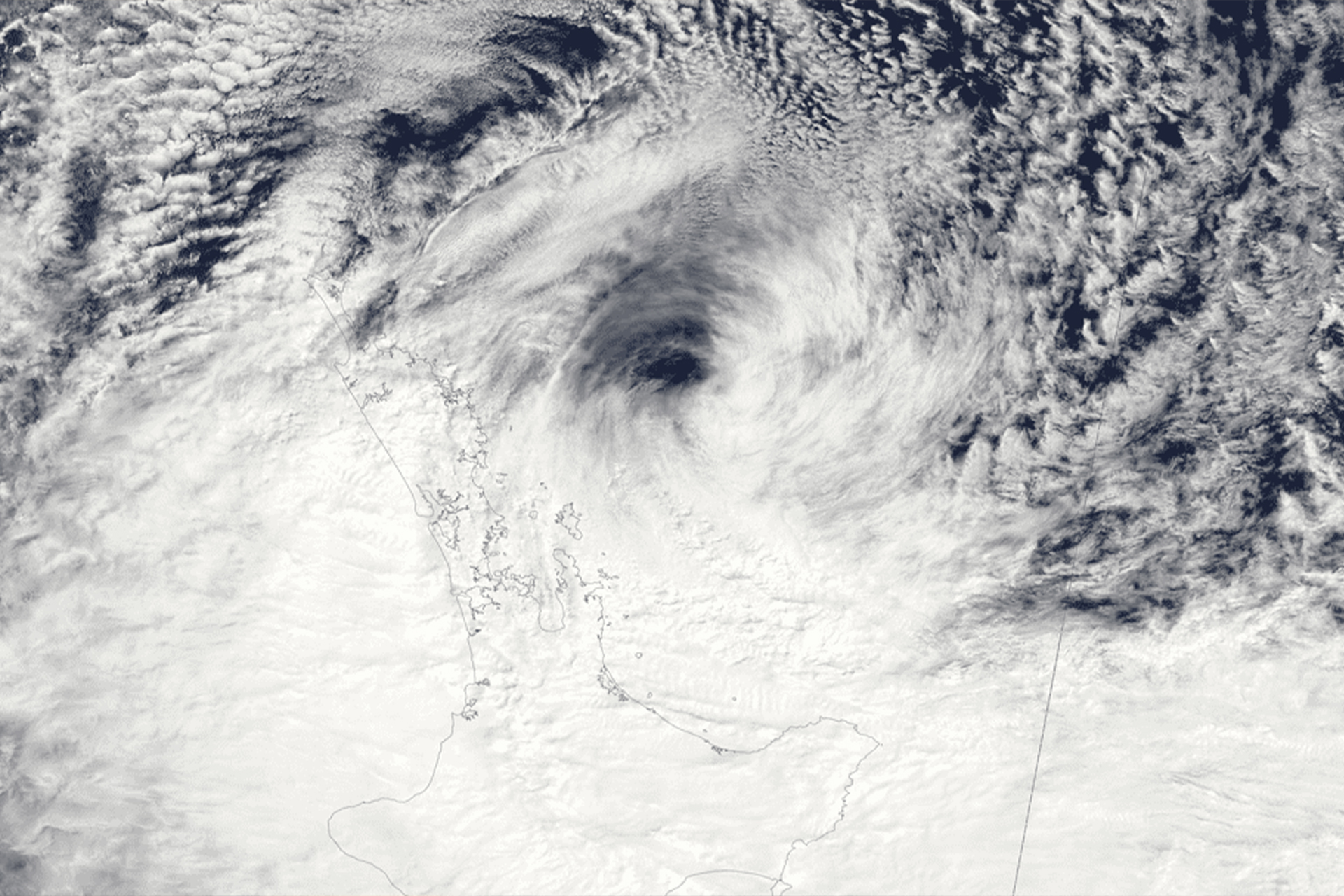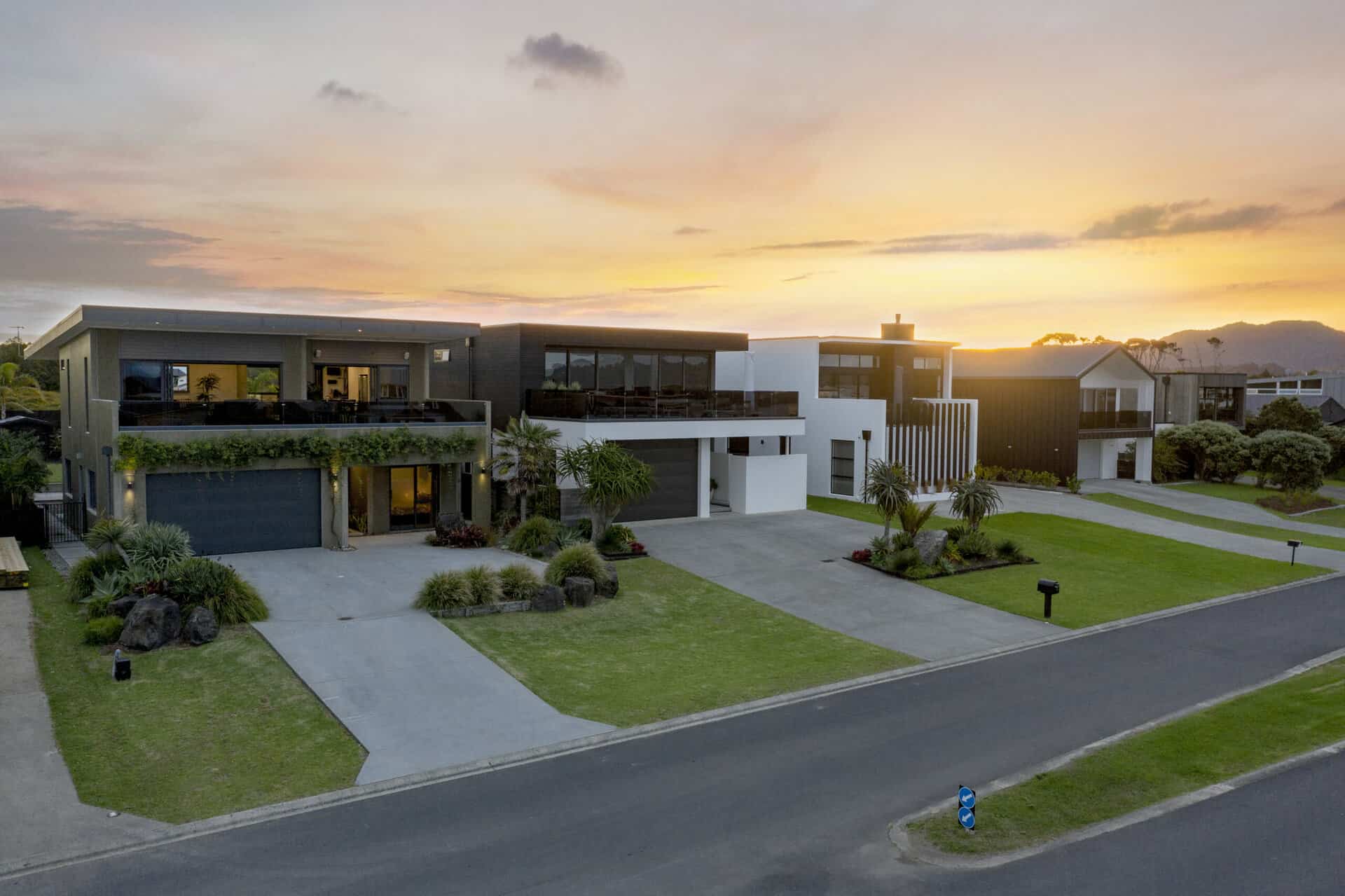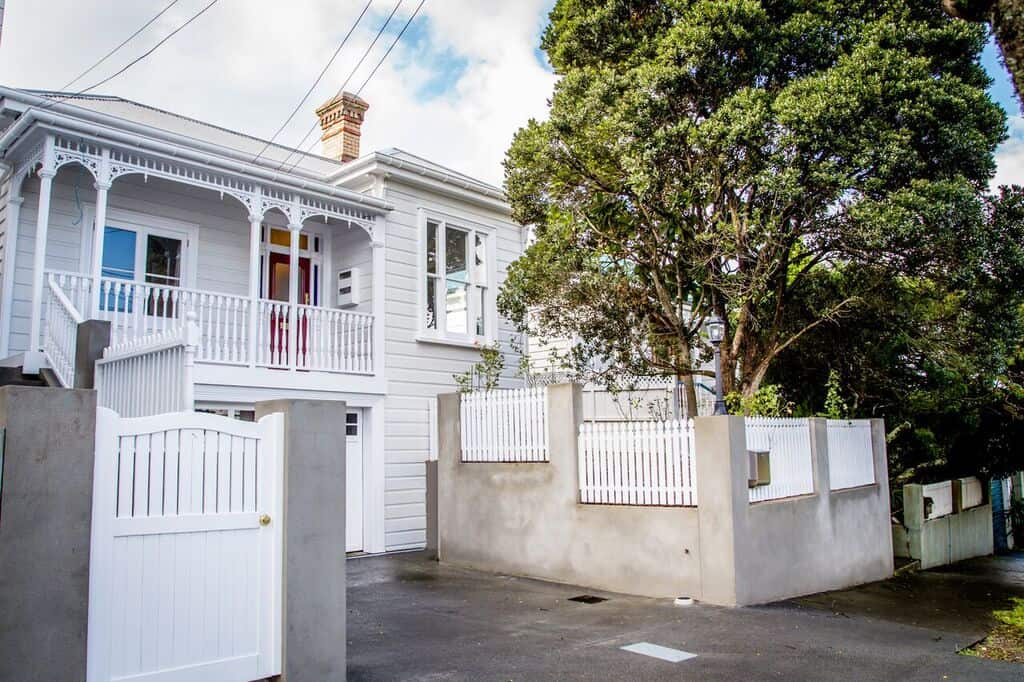The Impact of Cyclone Gabriel on the Building and Design Industry in Auckland
Cyclone Gabriel recently made landfall in Auckland, leaving a trail of destruction in its wake and prompting significant repercussions for the building and design industry in the region. As the city grapples with the aftermath of this powerful storm, it’s essential to examine the effects it has had on construction projects, architectural design considerations, and future building practices.
- Construction Delays and Damage: One of the most immediate impacts of Cyclone Gabriel on the building industry is the disruption caused to ongoing construction projects. High winds, heavy rain, and flooding can result in delays, damage to structures, and safety concerns for construction workers. Builders and developers may face setbacks in timelines and increased costs as they work to repair and mitigate the effects of the cyclone on their projects.
- Resilient Design Practices: Cyclone Gabriel serves as a stark reminder of the importance of resilient design practices in the face of extreme weather events. Architects and designers may need to reevaluate building codes, materials, and construction techniques to enhance the resilience of structures against future cyclones and other natural disasters. This could lead to a greater emphasis on features such as reinforced roofing, impact-resistant windows, and improved drainage systems to minimize damage and ensure occupant safety.
- Insurance Considerations: The widespread damage caused by Cyclone Gabriel may also have implications for insurance coverage within the building industry. Insurers may reassess risk factors and premiums in cyclone-prone areas like Auckland, potentially leading to higher insurance costs for builders and developers. Additionally, clients may become more discerning in selecting builders and contractors who can provide evidence of adequate insurance coverage to protect against unforeseen events.
- Focus on Sustainable Building Practices: In the aftermath of Cyclone Gabriel, there may be a renewed focus on sustainable building practices as part of a holistic approach to resilience and disaster preparedness. This could involve incorporating renewable energy sources, such as solar power, into building designs to ensure continuity of essential services during power outages. Furthermore, sustainable materials and construction methods that minimize environmental impact may gain traction as part of efforts to build more resilient and climate-resilient cities.
- Community Engagement and Planning: Cyclone Gabriel underscores the importance of community engagement and proactive planning in disaster risk reduction and management. Local authorities, developers, and residents may collaborate more closely to identify vulnerable areas, implement mitigation measures, and enhance emergency response capabilities. This could involve initiatives such as community workshops, evacuation drills, and the development of cyclone-resilient infrastructure to safeguard lives and property in the event of future storms.
- Geo-technical Considerations and Ground Stabilization: Cyclone Gabriel has highlighted the importance of geo-technical assessments and ground stabilization measures in construction projects, particularly in regions prone to cyclones and severe weather events. Heavy rainfall associated with cyclones can saturate the soil and increase the risk of landslides, soil erosion, and foundation instability. As a result, builders and developers may prioritize geo-technical surveys to assess soil conditions and identify potential hazards before commencing construction. Additionally, ground stabilization techniques, such as soil compaction, retaining walls, and slope reinforcement, may be incorporated into building designs to mitigate the risk of ground movement and ensure the long-term stability of structures. By addressing geo-technical challenges proactively, construction projects can minimize the impact of cyclones and other natural hazards on building foundations and infrastructure, enhancing overall resilience and safety.
In conclusion, Cyclone Gabriel has had far-reaching implications for the building and design industry in Auckland, prompting a reassessment of construction practices, design standards, and risk management strategies. By learning from the lessons of this powerful cyclone, stakeholders can work towards creating more resilient, sustainable, and disaster-resilient built environments that are better equipped to withstand the challenges of an increasingly volatile climate.






